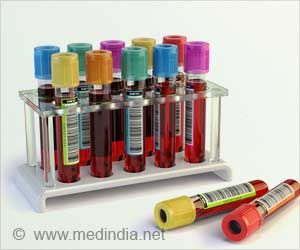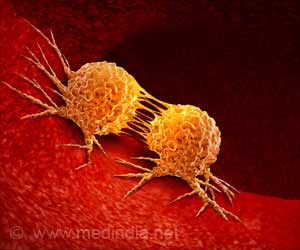Penn study of robotic urologic surgery patients can overcome opioid crisis through a specialized pain management protocol.

‘New pain management protocol was found to be effective in controlling pain post surgery among cancer patients with no risk of harmful effects and addiction even after considering individual needs.’
Read More..




Cancer patients are particularly susceptible to opioid addiction, with recent studies showing they are 10 times more likely to die from an opioid overdose than the general public. About six percent of cancer patients who use opioids for the first time to manage pain after a surgery become addicted. Read More..
This study specifically looked at robotic urological procedures, including radical prostatectomy to remove the prostate and both radical nephrectomy and partial nephrectomy to remove or partially remove the kidney. In all of these cases, guidelines indicate sending patients home with varying amounts of oxycodone - between 15 and 45 pills.
In September of 2018, Penn researchers began a new program that started patients without narcotics and escalated only if needed. Patients received gabapentin and acetaminophen before surgery, then received the drugs again every eight hours after surgery, along with an IV dose of ketorolac. If they were still in pain, patients received tramadol. Only after all of that were they escalated to oxycodone for their pain. If pain still continued, they were prescribed 10 oxycodone pills only.
Out of 170 patients between September 2018 and January 2019, 115 (68 percent) were discharged without prescriptions for opioids. Another 41 (24 percent) went home with 10 pills of the nonnarcotic, tramadol. Just 14 (8 percent) were prescribed 10 pills of oxycodone. The study also compared pain scores among patients, and there was no difference among the three groups despite patients receiving different medications. Talwar says this shows the pain management technique was effective while still recognizing what each patient requires.
"There have been calls to go opioid-free, but some patients do need them, and our data indicate that among our patients, everyone's pain was controlled after surgery," Talwar said. "We managed to achieve that while still seeing an overwhelming reduction in the amount of opioids we prescribed."
Advertisement
"Every practice is different, and so our next goal is to test this approach in a multi-institutional study, but we felt it was important to share our success to start the conversation about how other centers may want to implement something like this," Guzzo said.
Advertisement
Source-Eurekalert










